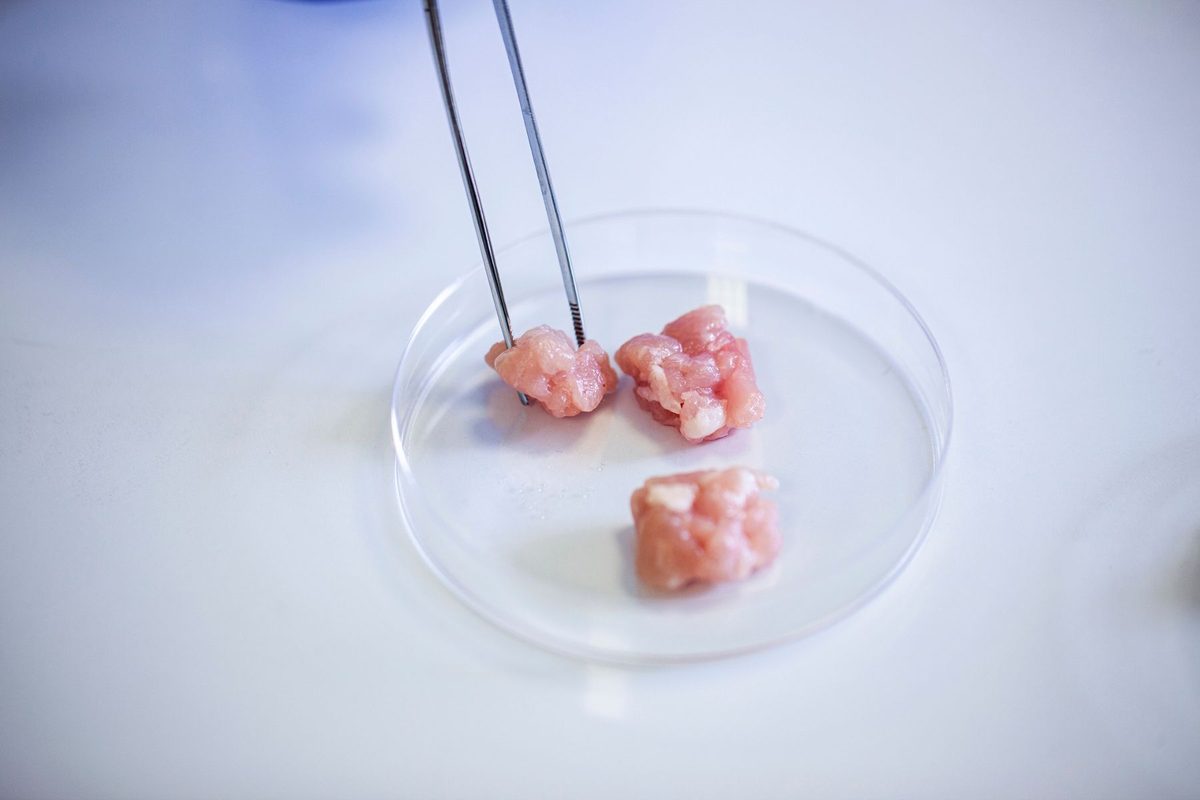Innovative Gadget Enables Home Meat Cultivation for Eco-conscious Consumers
Growing your own produce has long been a popular sustainable practice, but the Shojinmeat Project is reshaping the concept by allowing individuals to cultivate meat at home. This pioneering initiative from Japan enables users to produce actual meat through a process called cultivated meat, which uses animal cells while eliminating the need for traditional livestock farming.
What is the Shojinmeat Project?
Founded by Yuki Hanu, the Shojinmeat Project is a not-for-profit citizen science initiative aimed at empowering culinary enthusiasts and restaurateurs to create customized meat products in their own kitchens. While their technology is not yet advanced enough to generate large cuts of meat, the project has made significant strides. Hanu states, “We have successfully established a fully DIY version of animal cell culture protocols,” providing detailed instructions and a list of accessible items needed for home cultivation.
How to Grow Meat at Home
For those curious about home meat cultivation, the Shojinmeat Project outlines specific items required for the process, which costs approximately ¥60,000 (about $400). Essentials include:
- A fertilized chicken egg
- A towel warmer
- A collagen-coated dish
- A sports drink, among other easily-sourced materials
These items enable the user to replicate lab conditions to grow chicken cells efficiently. Hanu explains, “When the right cells are in suitable culture media under optimal conditions, they proliferate.”
Alternative Bioreactor Solutions
For a more streamlined option, IntegriCulture—an offshoot of the Shojinmeat Project—offers a pre-constructed bioreactor system that simplifies the process further. Although it carries a higher price tag, it demonstrates the potential for scaling up home cultivation efforts. This bioreactor can grow over 30 cell types from various animals and is designed for both personal and commercial use.
Maintaining Safety and Hygiene
Safety is paramount when growing food at home, especially meat. Hanu emphasizes the importance of cleanliness to avoid contamination, the most common failure in cell culture. Users can employ techniques like incorporating egg white, which contains antibacterial proteins, to help maintain cell health.
Managing Expectations and Production Output
While the technology is groundbreaking, the current output may not be as substantial as one might hope. The Shojinmeat method can yield about one gram of meat—sufficient for a small culinary experiment but not for a full meal. As Hanu notes, “Producing a full muscle tissue with texture requires advanced engineering.”
Conclusion
The Shojinmeat Project is redefining sustainable eating by making it possible for individuals to grow their own meat at home. Although it may not yet rival traditional meat production in scale or texture, the efforts are paving the way for a future where home-grown meat could become a reality. With ongoing advancements, it’s conceivable that one day our kitchens will house not just air fryers but also incubators quietly cultivating gourmet meats.







